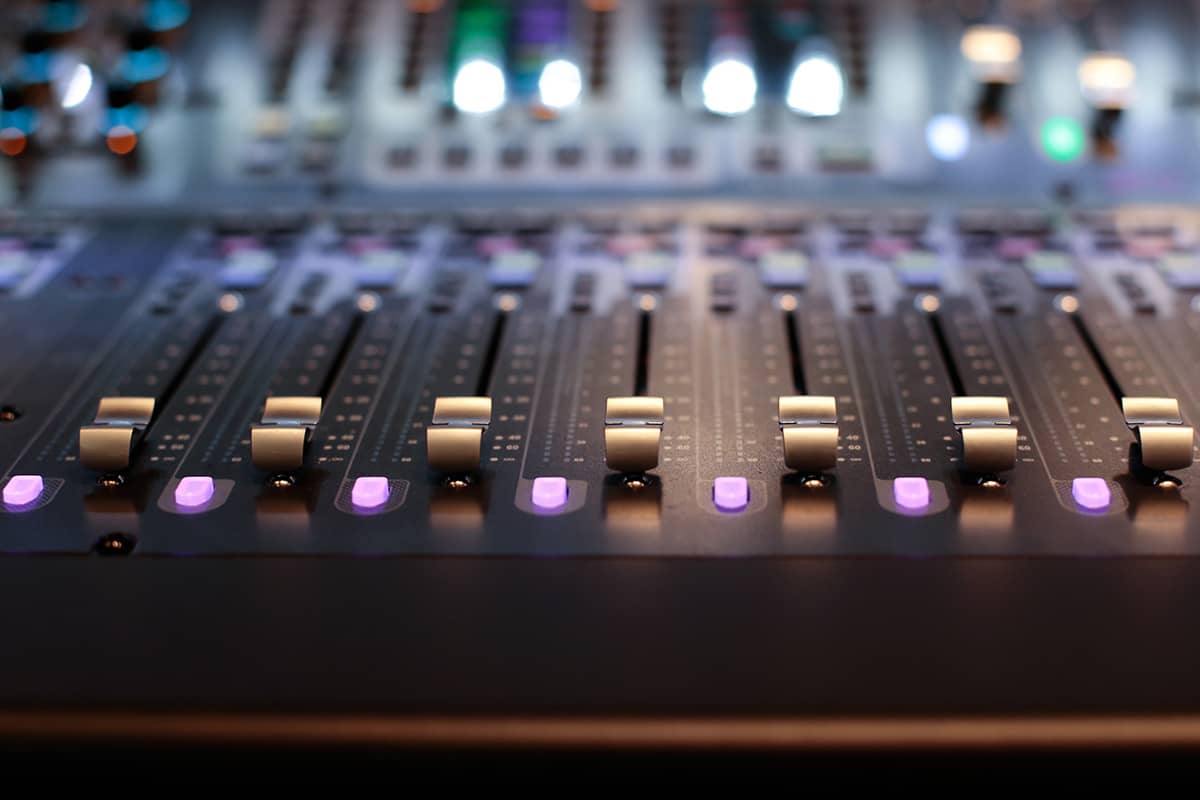Harnessing the Power of AM/FM Radio in Political Races
In the ever-evolving landscape of political advertising, one thing remains clear: radio continues to be a powerful tool for candidates. The 2024 Nielsen study, Optimizing Political Campaigns to Win in November, underscores this point with a definitive conclusion—those candidates who invest in radio early and often are more likely to win their races. Radio reaches and mobilizes voters who cannot be found on TV or CTV.
Navigating the highly fragmented media environment is no small feat for political advertisers. With voters increasingly divided by issues, finding a medium that offers both mass reach and local resonance is crucial. Radio fits this bill perfectly, standing out as a medium with tremendous mass appeal and a unique ability to connect with local audiences.
Radio’s Dominance in Ad-Supported Audio
Edison Research’s Share of Ear study consistently highlights AM/FM radio’s dominance in ad-supported audio. It’s the largest share of listening time across political affiliations, which is particularly significant in the context of political advertising. For instance, Republicans spend a massive 72% of their listening time with radio, with Democrats allocating 65% of their listening time to this medium. Independents also show a strong preference, with 63% of their listening time dedicated to radio. The trend is even stronger for African American audiences who spend about 80% of their listening time on AM/FM (83% for Republicans and 73% for Democrats among African Americans).
Interestingly, podcast listening is more prevalent among Democrats, capturing 23% of their listening time, compared to 14% among Republicans. This suggests that while podcasts are growing in popularity, particularly among Democrats, they can supplement messages radio cascades and continue to inform voters.
The Role of News on Radio
When it comes to news consumption, radio plays a significant role, especially among Democrats. On average, listeners across the political spectrum dedicate 15% of their listening time to news on the radio. However, Democrats are the most engaged, dedicating 20% of their listening time to news. Republicans and Independents each spend 14% of their listening time with news.
Conclusion
The findings from both Nielsen and Edison Research illustrate the enduring power of radio in political campaigns. With its unparalleled mass reach and local resonance, radio is a crucial medium for political advertisers looking to connect with voters across the spectrum. Whether it’s through music, sports, or engaging news formats, radio’s influence on voters and their time remains strong and undeniable. Investing in radio early in a campaign can significantly enhance a candidate’s chances of success, making it a strategic choice for political advertisers aiming to win elections.
